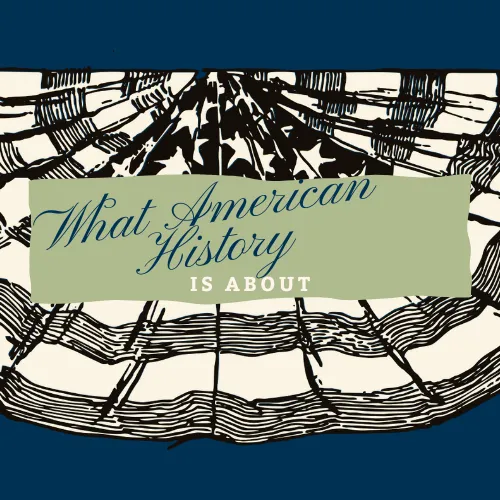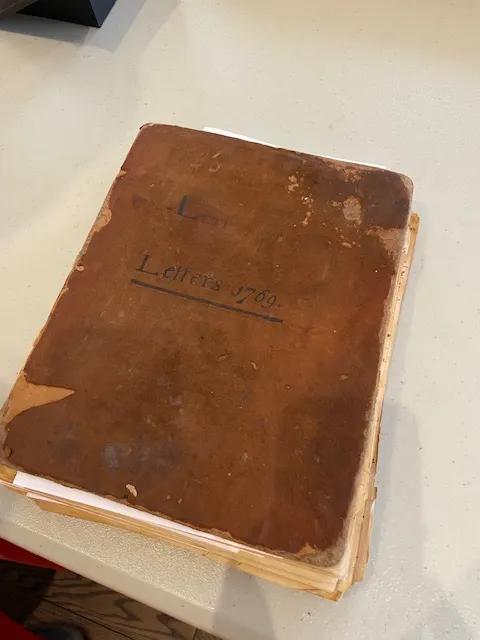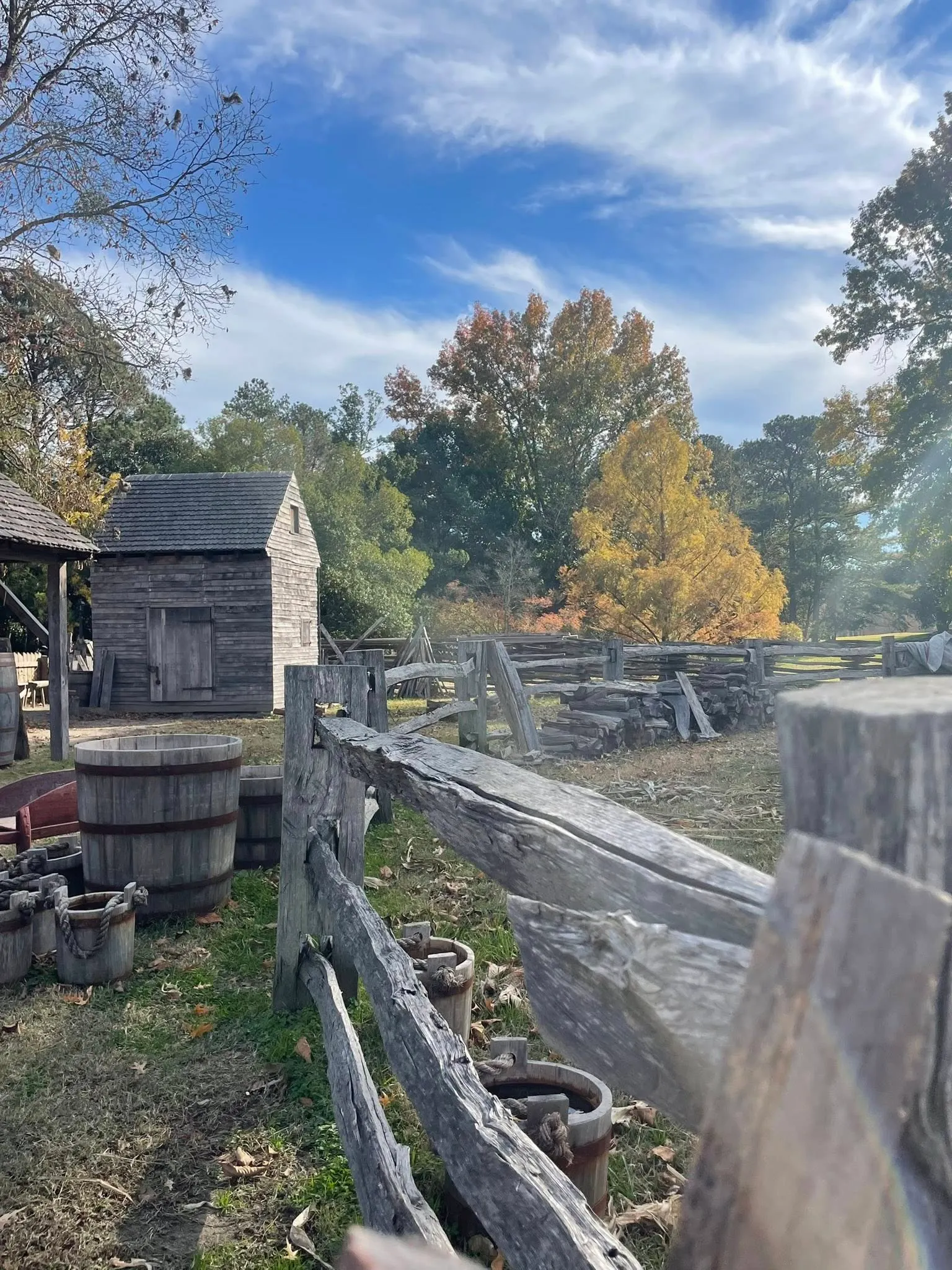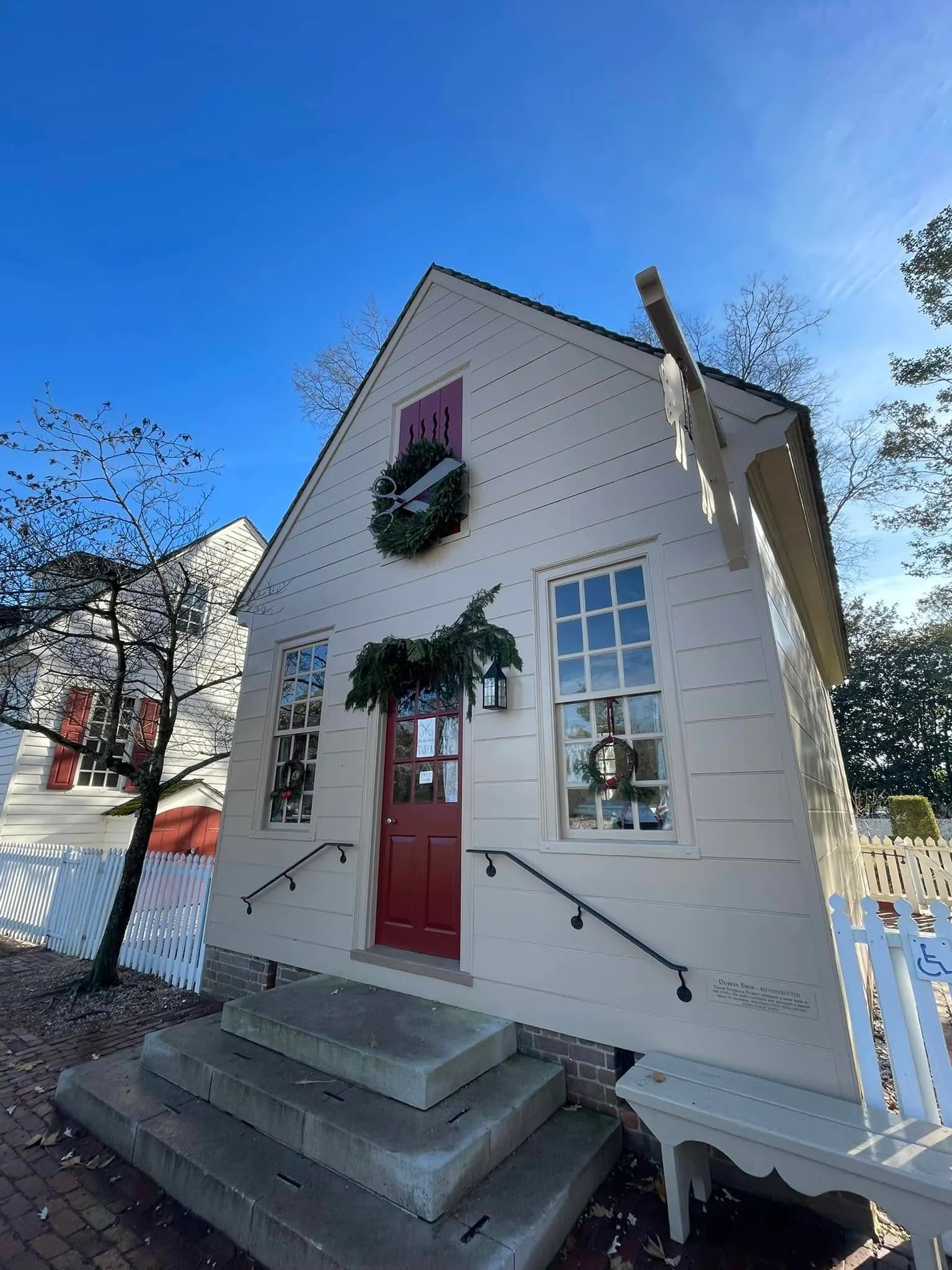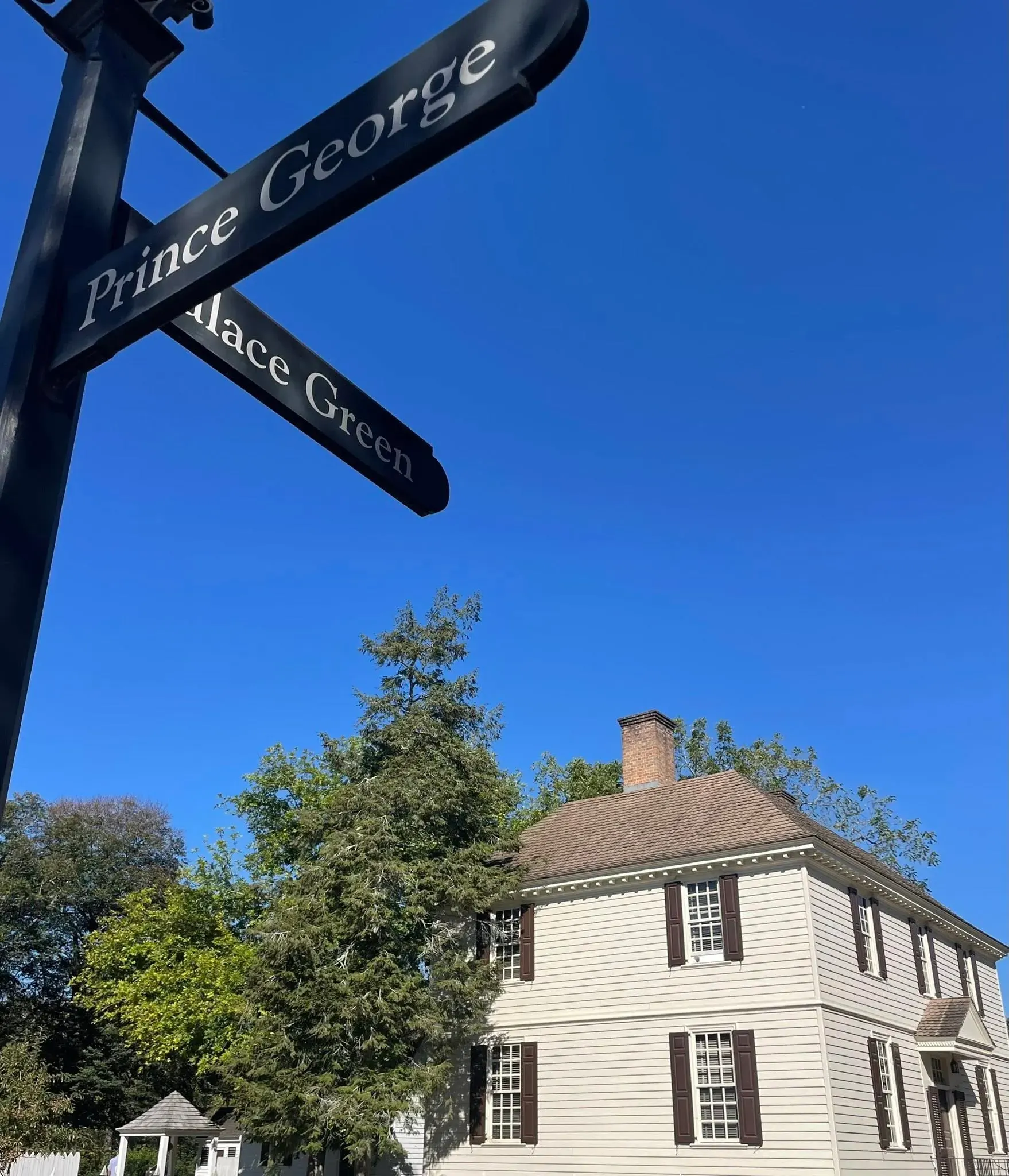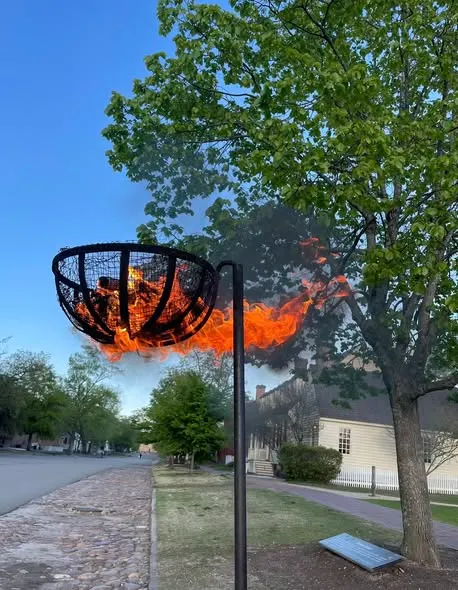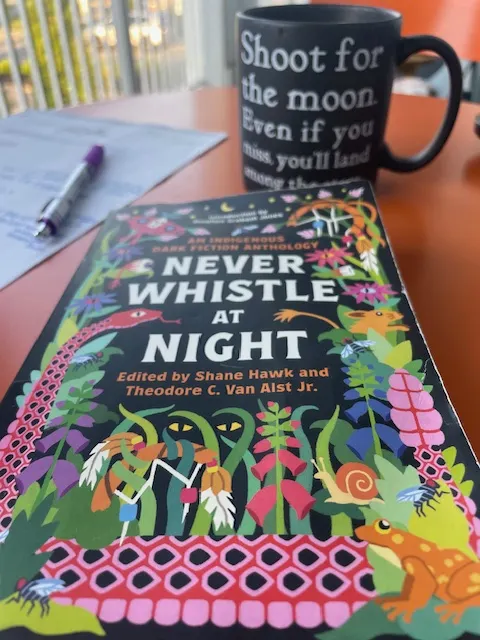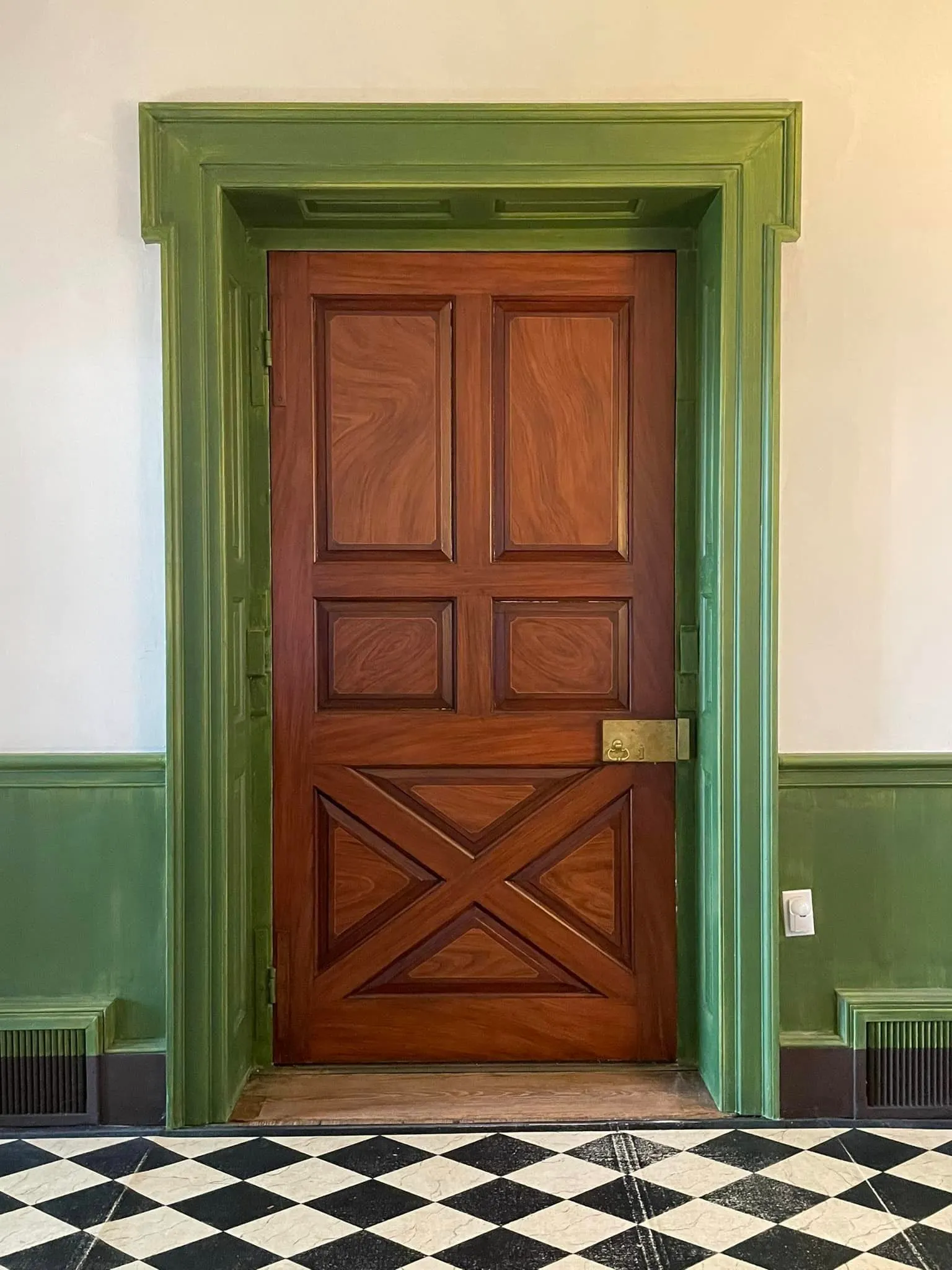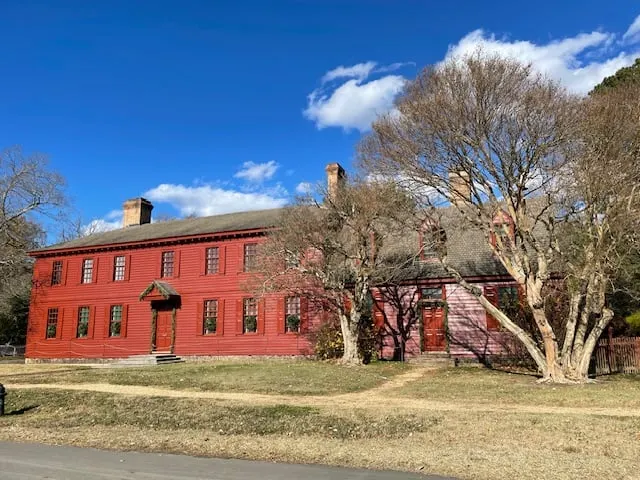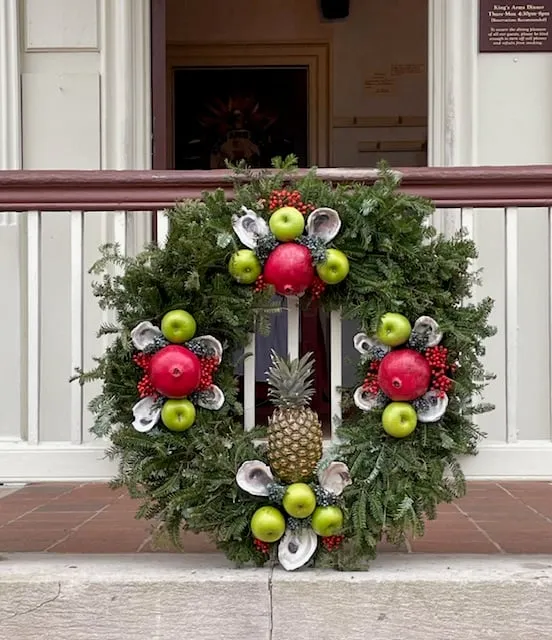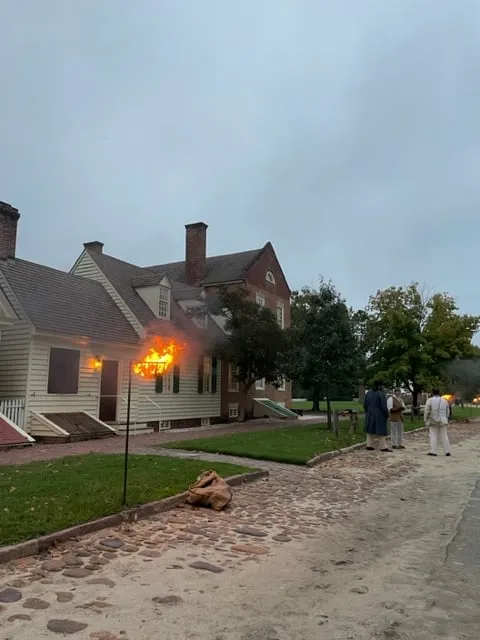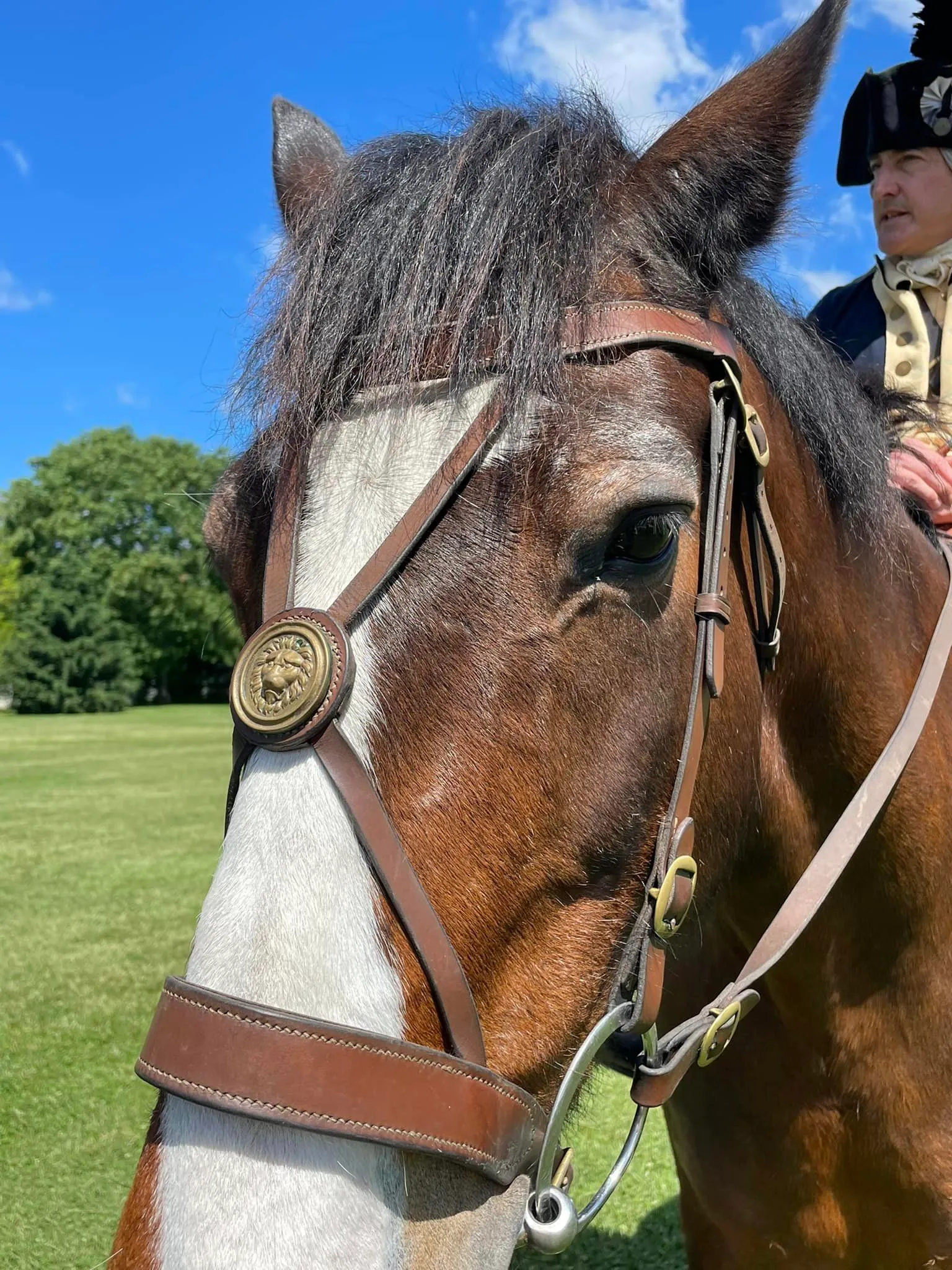A Visit to the Palm Desert Historical Society: Understanding Coachella Valley's Historical Significance
The Coachella Valley is rich in history.
Palm Desert is in the Coachella Valley.
As this post is written, I've been in Palm Desert, California for a month. My parents live here and I've visited before. In fact, I've already written about inspiration found at the Palm Desert Historical Society- and yesterday I went back to see it again.
Have you read my post about visiting historic sites more than once? If you've found this blog, you're probably like me: you know that you can always ask a new question, find a new object or artifact, get a new perspective... in a place you've visited before.
And as for this place, the Coachella Valley of California, lovingly called "the desert" to Angelinos and snowbirds, alike- there's a wealth of American history to be found.
RELATED: Click here to read my first post about Palm Desert, which offers tips on finding history everywhere you go!
Disclaimer: As a blogger, I use affiliate links sometimes! I may receive commission from purchases I share; it does not change your price but sometimes you might get a discount.
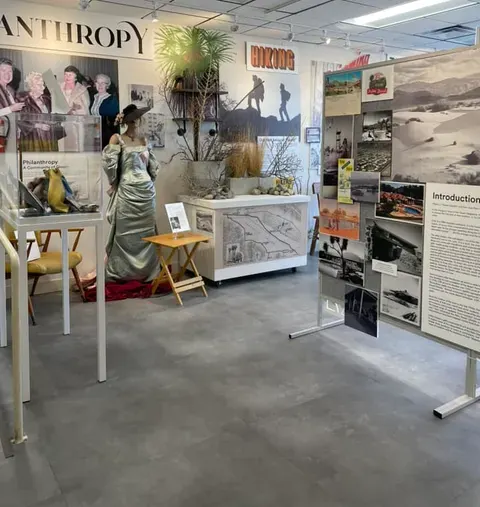
Exhibit area inside the Palm Desert Historical Society
In Palm Desert means the array of history can be overwhelming.
You can't drive anywhere around here without hitting the 'main arteries' of Frank Sinatra Drive (which offers entrance into my parents neighborhood) or Bob Hope Drive (where you find the Eisenhower Health campus I've been getting to know) or Dinah Shore Drive (which has a host of stores and resources).
And while driving, listening to Mod FM 107.3, which is a constant reminder of the post-war Rat Pack days of the "desert." It's where old Hollywood and LA's elite came to retreat. So yes, I keep Mod FM on the radio. Because I always need Sinatra in my day.
But also: I had a conversation with my parents' neighbor Ray, an Apache descendent. He told me of the stories associated with the chocolate mountains and gestured behind us... all around us really.
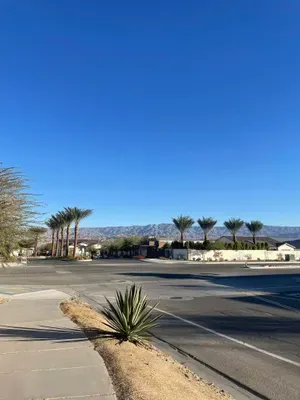
View of chocolate mountains
The Cahuilla lived (and do live). I was able to get a really good insight into them using the stories option on my Explore Here app- I said I was going to use it on this trip and I am! I'm taking to another level diving into relevant podcasts and researching further on their website.
After the Cahuilla and before the people whose names lit up marquees, were soldiers. Yes, you read that right. I offer up some of that detail in my first post about Palm Desert.
Then there are the Presidents. I drive on Gerald Ford Drive daily. Pass the Betty Ford clinic, part of the Eisenhower health system- and yes that's named after President Eisenhower.
And, of course: golf, tennis, music, and dates. Not the romantic kind... the edible version.
All part of the Coachella Valley and it's history. SO MUCH. Thus, a return trip to the Palm Desert Historical Society.
Why I went back to the Palm Desert Historical Society.
The reasoning.
If you've made it this far into the post, you can see the overwhelm when looking at what I might want to research here in the Coachella Valley! So I went back to the beginning so to speak. A place that consolidates the history of the area.
And here's what happened:
- I took photos.
- I wandered.
- I read what they had posted.
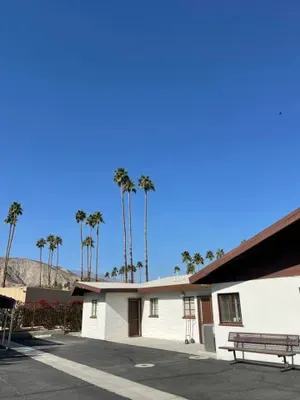
Entrance to Palm Desert Historical Society
Some of my favorite bits displayed at the Palm Desert Historical Society.
- The Nixon/Nolan Organ and the story of it's owner, Alvasina Threase Nolan. She received a land grant from our federal government in 1929 and was an early resident of this area. It was on the edge of the current Silver Spur Ranch... I've been trying to figure out where it is so I can get a feel for Alvasina!
- Architecture as a focus of this area. From the native Cahuilla homes representing their daily life and use of resources to "Desert Modernism" mid-century homes designed (pioneered!) by architects like Albert Frey, Donald Wexler, and William Cody. And of course Herbert W. Burns, known as the "Charismatic Chamelion."
- June McCarroll, born in the Adirondacks and after starting her medical career in Chicago came west after the turn of the 20th century. She landed in Indio in the Coachella Valley. Not only was she a medical pioneer focused on helping in rural areas, but the "white stripe" dividing the road to prevent collisions was her brainchild. Or was it one of two Michigan guys? Or quite possibly: the same idea can be had in multiple locations by multiple people.
- More on architecture. Specifically the iconic breeze blocks. You know them if you see them, but there's a fundamental and practical purpose to them. They're vital to desert design. Learn more here.
Side note: Like other historical societies, the Palm Desert Historical Society is open to the public and does not charge a fee; it's free! Click here to visit their site.
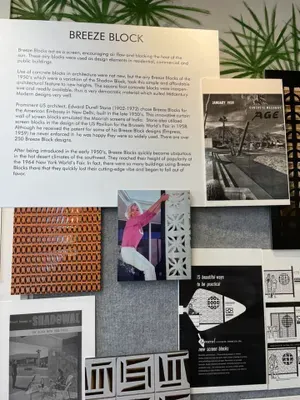
Display at Palm Desert Historical Society
Next up on my personal blogger to-do list.
It's pretty likely you'll see blog posts inspired by the list above. Additionally, my to-do list includes:
- Taking photos in the area.
- Researching online.
- Going back to the Palm Desert Historical Society with specific questions.
- Visiting other museums or historical societies in the Coachella Valley.
- Asking my readers (that means you!) for background or knowledge you have (so please comment or connect by email after subscribing to the blog!)
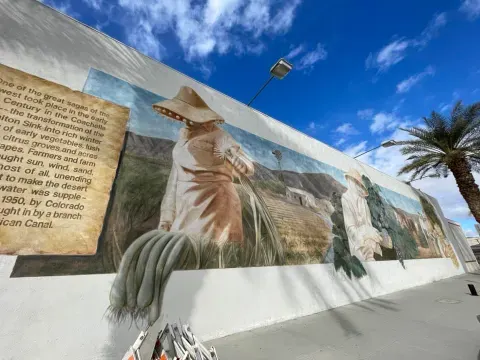
Mural in downtown Indio, California
Closing words from history.
As I've been hanging out here in the Coachella Valley, I've been drawn into the Cahuilla - their colonization by Spain and similarities with the East under British rule.
Take this excerpt for what it is, as future blog posts (I may come back and drop links!) may dive into the issue of American Indian languages and tribal culture through the evolution of our United States of America. It's ironic he saw the need in 1799 to hold onto languages, now sadly lost, with attempts to resurrect them happening (gratefully!).
For the full letter with citations, click here. And if you want some Lewis and Clark education delivered to your home, click here.
Now: an excerpt written by Thomas Jefferson.
From Thomas Jefferson to William Dunbar, 24 June 1799
To William Dunbar
Monticello in Virginia June 24. 99
Sir
Though I have not the pleasure of a personal acquaintance with you, yet the liberty I take of introducing myself to you will I hope find it’s excuse in the motives leading to it. much enquiry you know was excited on the discovery of America as to the origin of it’s inhabitants found here at the time of that discovery. many hypotheses have been hazarded but none of them satisfactory. I have long imagined that if there exists at this day, any evidence of their descent from any nation of the old world, it will be found in their languages. it must require an immense tract of time indeed for two languages, originally the same, to recede from each other till all appearances of their common origin shall be lost. it is therefore interesting to make as copious a collection as possible of the languages of the Indian tribes inhabiting America.
If you enjoy this free blog, click below to buy me a coffee using my online tip jar!
There is a huge practical disclaimer to the content on this blog, which is my way of sharing my excitement and basically journaling online.
1) I am not a historian nor an expert. I will let you know I’m relaying the information as I understand and interpret it. The employees of Colonial Williamsburg base their presentations, work, and responses on historical documents and mainly primary sources.
2) I will update for accuracy as history is constant learning. If you have a question about accuracy, please ask me! I will get the answer from the best source I can find.
3) Photo credit to me, Daphne Reznik, for all photos in this post! All photos are personal photos taken in public access locations or with specific permission.
